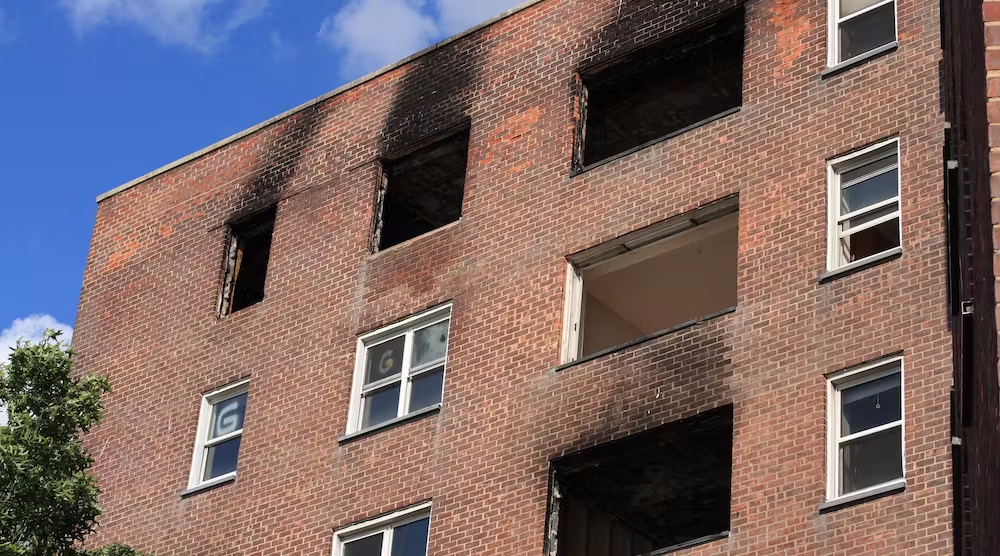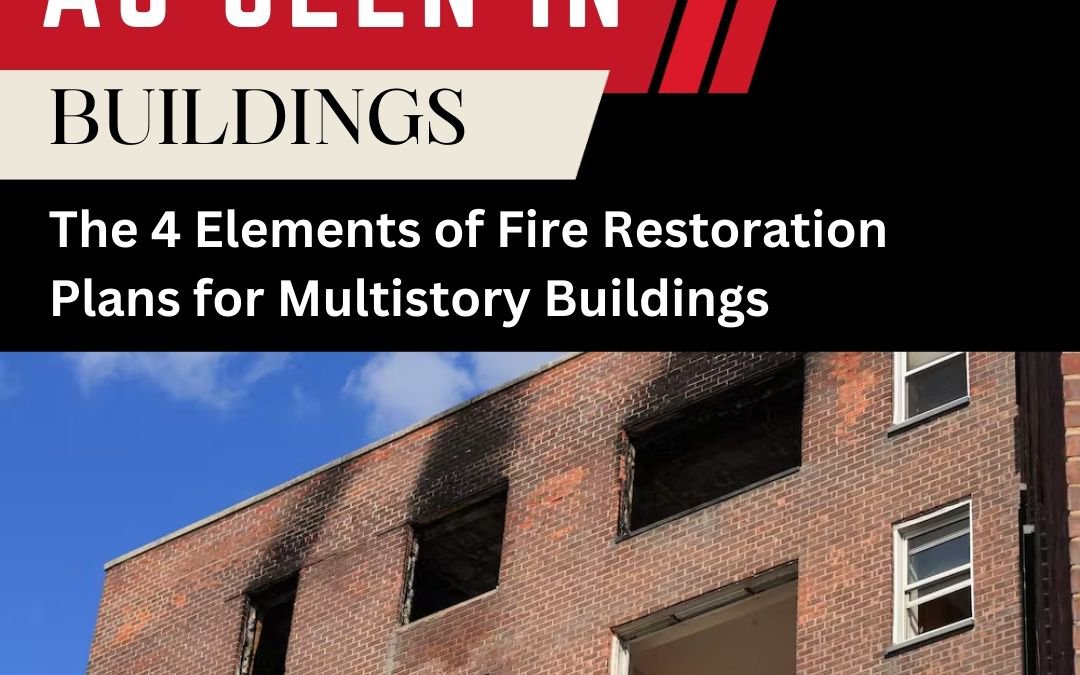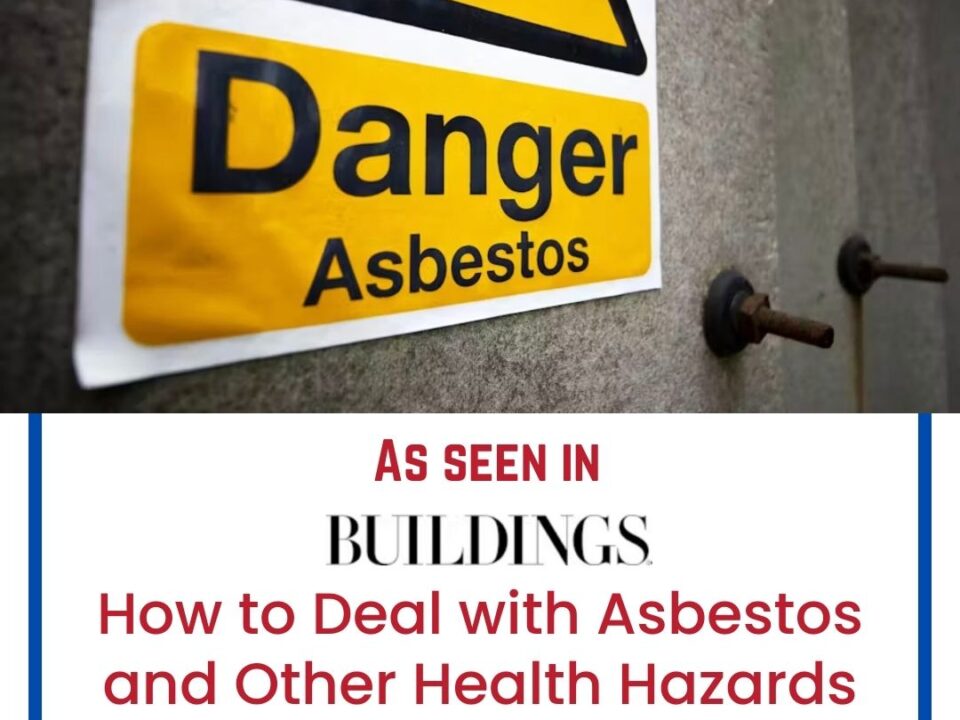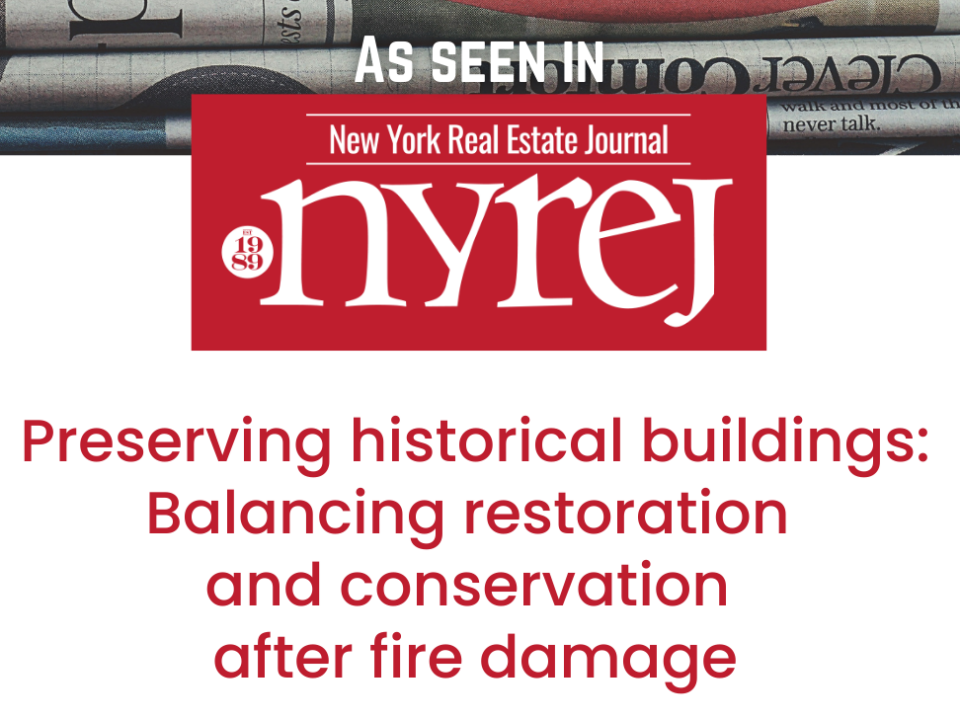
Pre-loss disaster planning: Providing value to clients
July 17, 2023
Understanding the impact of smoke damage on fire-ravaged buildings
November 9, 20234 Elements of Fire Restoration Plans for Multistory Buildings
Written by Ron Fanish, Co-Owner of Rainbow Intl Restoration of Westchester

A fire in a multistory property can displace many people and potentially cost millions in repairs. That’s why it’s essential to have a restoration plan in place before disaster strikes.
Even during the best of times, owning and operating a multistory building is difficult work. Building owners and facility managers must cater to existing residents and tenants, court new ones, stay on top of maintenance and more.
This role becomes far more difficult if disaster strikes—especially a fire. A blaze in a multistory property can displace dozens or even hundreds of residents, potentially costing millions in repairs. And addressing the aftermath often requires a diverse team, including insurance adjusters and restoration professionals.
For this reason, it’s essential that building owners and facility managers have a comprehensive fire restoration plan in place before disaster strikes. With the right strategy in place, recovery can be significantly less challenging. Without a plan, however, owners and managers will quickly find themselves overwhelmed. Here are four elements of a comprehensive fire restoration plan.
1. Become deeply familiar with your insurance policy.
The aftermath of a fire is not the time to start reading the fine print and nuances of your insurance policy. Owners and managers should have a firm grasp of what their policy does and doesn’t cover at all times—especially ahead of time. Key details to be aware of are: What are the limits of the policy? Do they differ based on the cause of the fire—say, electrical vs. natural disaster? Does the policy cover acts like arson? (Many do not.) And what are the deductibles? In other words: How much of the total price tag is the property owner responsible for before the insurance begins covering costs?
These questions are especially important for multistoried buildings, as increased square footage means larger, more complicated policies.
2. Be prepared to document the damage thoroughly.
Restoring a property after a fire—especially the insurance portion—can be a lot easier if the damaged area is documented thoroughly. Property owners and managers should have a professional in mind ahead of time, so they can swoop into action swiftly. These professionals can use cutting-edge technologies like 3D scanning software to create a digital replica of each damaged floor, right down to the soot and smoke marks. This level of detail is invaluable, as it enables owners and managers to maximize the benefits of their insurance policies, ensuring that the extent of the damage is accurately represented and accounted for.
It's crucial to emphasize the importance of not disturbing or moving anything at the scene of the blaze, as doing so could compromise the integrity of the documentation and lead to potentially dangerous situations. By capturing the scene exactly as it is, 3D scanning enhances the accuracy and completeness of the records and ensures the safety of all parties involved in the restoration process, providing an indispensable tool for both insurance claims and the recovery of the property.
3. Select a qualified restoration company.
Having seasoned, trustworthy restoration professionals on speed dial can make a major difference in the aftermath of a fire. To find a reliable company, ensure you do your due diligence ahead of time. Ask questions like, “What certifications and credentials do you have?” Ideal companies will have certifications in Fire Damage, Smoke Damage, and more from the nonprofit Institute of Inspection, Cleaning, and Restoration Certification (IICRC). These certifications ensure that the professionals are well-equipped with the latest industry knowledge and best practices, which is vital in handling the complexities of fire damage restoration.
Another key question is, “How long have you been in business?” Fire restoration is a complex trade, so it’s essential to work with professionals who have ample experience—including experience working on multistory buildings like yours.
Equally important, a restoration company that is full-service can play a pivotal role in establishing building protocols and procedures to ensure that everyone is prepared should a fire occur. These protocols encompass not only the immediate response to a fire incident but also the recovery process that follows, minimizing disruptions and financial losses. By engaging such professionals, building owners and managers can rest assured that they are taking a proactive approach to safeguarding the safety of occupants and the preservation of their property.
4. Have a communications plan in place.
Given the number of people that live and work in multistory buildings, it's also essential to have a robust communications plan during the restoration. People should know how long the project is going to take, how disruptive it will be and other important details that affect their quality of life. These details should be communicated often and across multiple channels, from phone calls to emails to in-person meetings. Restoration professionals have lots of experience in this area and can help owners and managers develop a communications plan.
A fire, especially in multistory structures, will always be a nasty surprise and a major challenge for building owners and facility managers. However, with a proper fire restoration plan in hand, owners and managers can recover significantly quicker, easing the burden on the residents and tenants.




